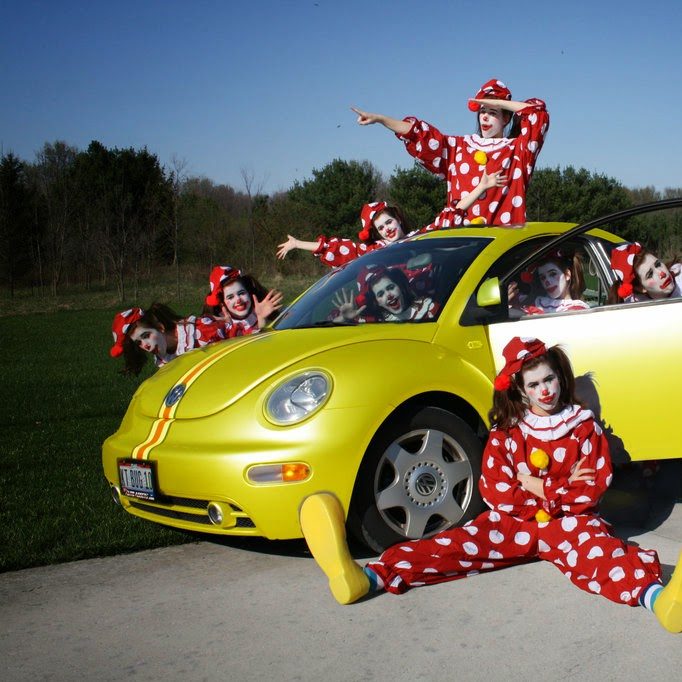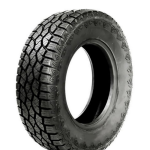The clown car is one of the most enduring symbols of comedic performance. Its popularity in circus acts and slapstick comedy has made it an iconic prop that audiences around the world recognize. With its deceptively small size and whimsical appearances, the clown car serves as a source of endless amusement. This article explores the history, design, and enduring appeal of the clown car, examining why this unique prop continues to entertain and delight audiences of all ages.
The Origins of the Clown Car
Historical Background
The concept of the clown car has its roots in the circus, where clowns have long been a beloved part of the show. Clowns have entertained audiences since ancient times, often using physical comedy and exaggerated makeup to elicit laughter. The arrival of the modern circus in the 18th and 19th centuries saw the birth of clowning as we know it today.
The first clowns typically performed in large tents filled with various acts, including acrobats, animal trainers, and jugglers. As these clowns sought to stand out amidst the chaos, clever props began to emerge, with the car becoming a notable addition. Inspired by the absurdity of clowns, the idea of a small vehicle filled with performers quickly struck a chord with audiences.
Development of the Car Routine
Over the years, the circus clown car routine evolved from simple antics to elaborately choreographed performances. A common scene involves a seemingly endless number of clowns emerging from a small vehicle, which should logically only hold a few passengers. This visual gag forms the foundation of the car routine, creating a surprising and hilarious experience for spectators.
As the routine developed, clowns began incorporating humorous music, exaggerated movements, and physical comedy. The clown car routine became a staple of circus performances, captivating audiences with its charm and unpredictability. The visual spectacle of numerous clowns emerging from an impossibly small vehicle continues to resonate with audiences today.
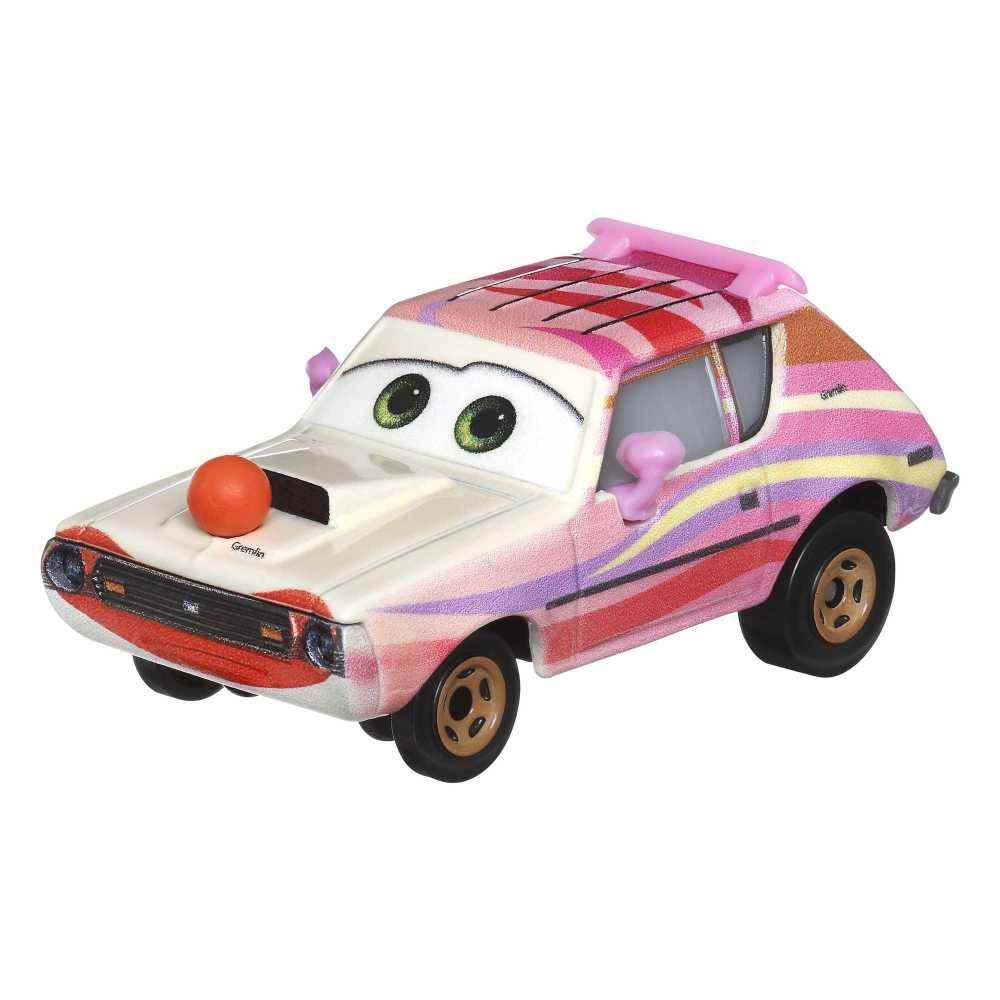
The Design of the Car
Compact Size and Whimsical Appearance
The design of the clown car plays a crucial role in its comedic impact. Typically, these cars are smaller than standard vehicles, often resembling vintage models. Their compact size is integral to the gag, setting the stage for the humorous surprise when clowns begin to emerge.
Clown cars are often adorned with bright, eye-catching colors and whimsical decorations, contributing to their playful appearance. The aesthetic design reflects the essence of clowning—fun, chaos, and eccentricity. As an essential element in a clown’s routine, the car captures the imagination of audiences, eliciting laughter before the show even begins.
Interior Chaos
The inside of a clown car is just as important as its exterior. Often, the interior is tailored to accommodate a larger number of passengers than would typically be expected. Props, costumes, and clever configurations are strategically placed to create a chaotic and entertaining atmosphere.
The design can involve playful features like oversized seats or comical embellishments that exaggerate the already humorous premise. Insight into the inner workings of the clown car unveils the artistry and creativity involved in its design. The interior chaos heightens anticipation and amplifies the comedic effect as clowns emerge during performances.
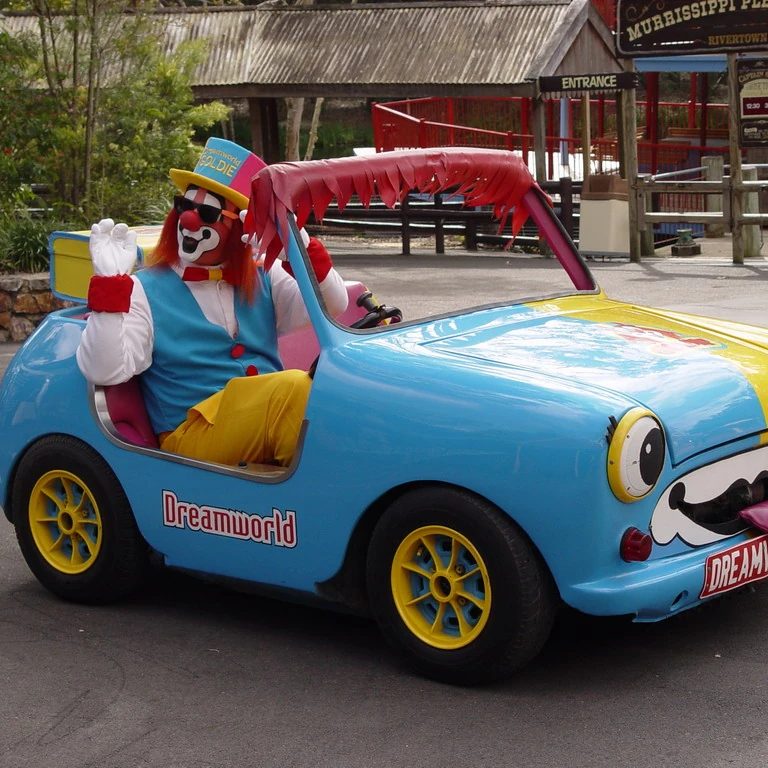
The Appeal of the Car
Element of Surprise
The sheer absurdity of the car adds an element of surprise that captivates audiences. When spectators see a small car, they naturally assume that only a few people can fit inside. However, the sudden emergence of multiple clowns challenges this expectation, leading to laughter and disbelief.
This surprise factor taps into the joy of humor, creating a memorable moment in a performance. Audiences delight in the unexpected, making the clown car a perfect vehicle for comedy. The ability to surprise and amuse is a key reason that clown cars remain a favorite among performers.
Universal Humor
One of the reasons the clown car continues to resonate with audiences is its universal appeal. The humor derived from clowns and their antics transcends cultural boundaries. Laughter is a universal language, and the comedic acts involving a clown car can be appreciated by people of all ages.
Children are particularly drawn to the antics of clowns, finding joy in the colorful costumes and playful antics. Adults can appreciate the cleverness behind the routine as well as the nostalgia tied to childhood experiences in the circus. The car bridges generational gaps, allowing families to enjoy a shared experience.
The Joy of Silly Fun
At its core, the clown car represents the joy of silly fun. Clown performances encourage audiences to embrace their playful side, momentarily forgetting everyday pressures. The whimsical nature of the clown car routine invites laughter and engagement, promoting an atmosphere of enjoyment.
This silliness encourages people to let loose and embrace spontaneity. In a world often focused on seriousness and productivity, the clown car stands as a reminder of the importance of joy and laughter. Every time the car appears in a performance, it brings with it a delightful sense of happiness that resonates with viewers.
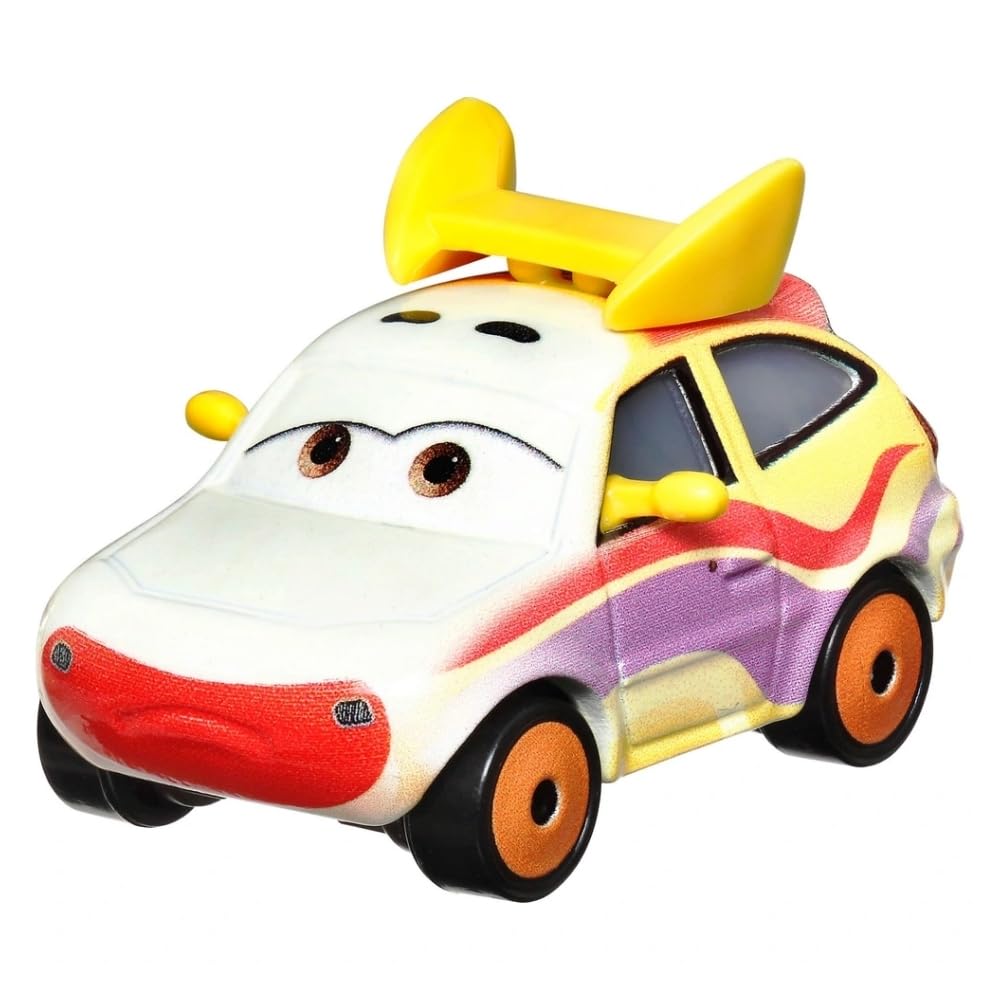
Clown Car Performances
Classic Circus Entertainment
In traditional circus performances, the car is often featured prominently in comedic acts. Clowns tumbling from a tiny vehicle is a visual gag that pairs well with lively music. The act typically includes exaggerated movements, playful interactions, and physical comedy that keeps audiences engaged.
These performances often build to a climax, with an increasing number of clowns exiting the car. This increasing absurdity amplifies laughter, holding the audience’s attention. Clown car routines exemplify the classic combination of comedy and visual spectacle that defines circus entertainment.
Adaptations in Modern Entertainment
The appeal of the clown car has also found its way into modern media. Variations of clown car routines have been featured in television shows, films, and online videos. This evolution reflects the enduring popularity of the concept, allowing it to adapt and remain relevant in contemporary entertainment.
Incorporating clown car gags into comedic sketches or performances brings fresh humor to audiences. The creativity of modern adaptations showcases the versatility of the car, ensuring that it continues to amuse new generations. As new formats emerge, the essence of the clown car remains a beloved comedic staple.
The Clown Car at Festivals and Events
Beyond circus performances, clown cars have become a common sight at festivals and public events. Parades often feature clowns emerging from brightly decorated vehicles, entertaining spectators along the route. This festive atmosphere creates joyful moments for families and children, cementing the car’s role in community celebrations.
Clown car appearances during community events build excitement and create memorable experiences for attendees. The surprises and games associated with the clown car routine foster community bonding and encourage laughter across diverse groups. The presence of a car at events signifies fun and merriment, creating a delightful ambiance.
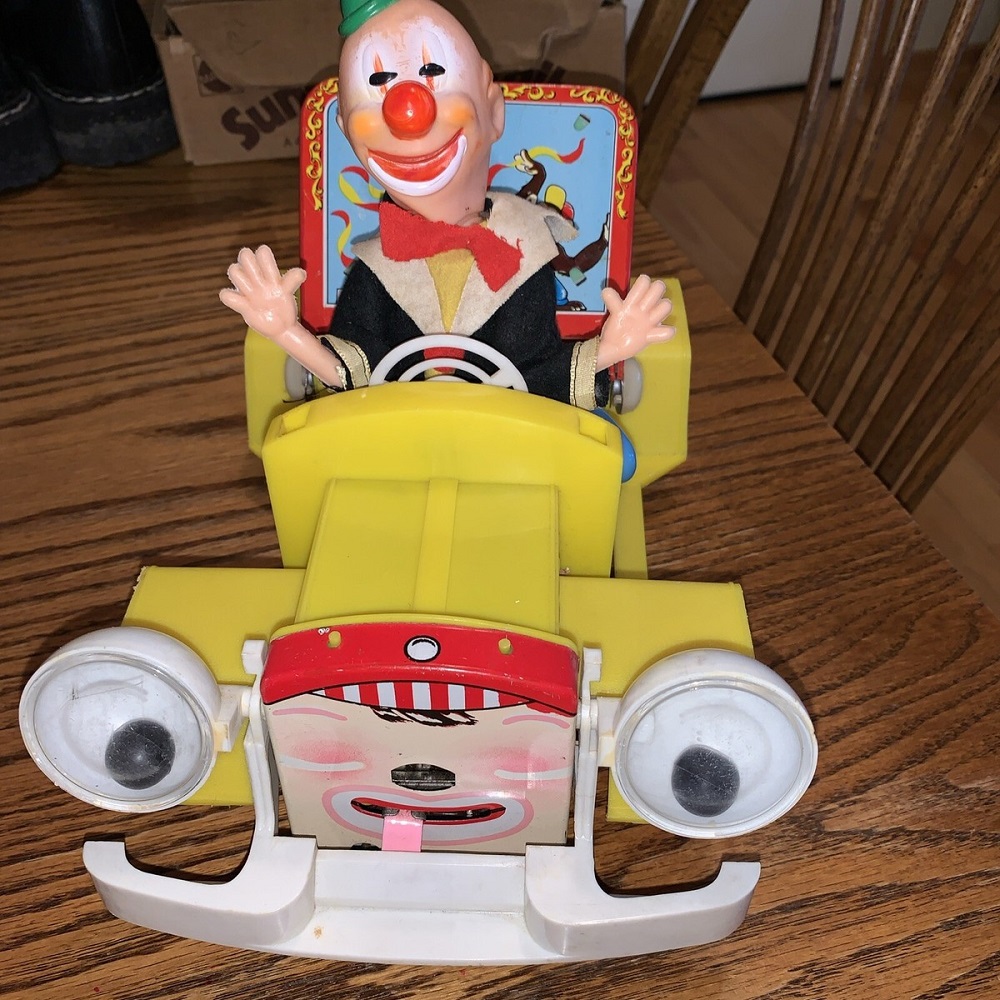
Tips for Creating a Car Routine
Understanding Your Audience
When preparing a clown car routine, it’s essential to understand your audience. Different age groups can have varying preferences for humor, so catering to your audience will improve engagement. For family-oriented shows, incorporating wholesome humor can appeal to everyone, encouraging laughter among kids and adults alike.
Consider your audience’s cultural background and any specific sensitivities. Knowing your audience allows you to tailor your routine to ensure maximum enjoyment. Customizing your message fosters a positive experience that will leave a lasting impression.
Rehearsing the Routine
Rehearsal is critical for honing a clown car act. Practice is essential for timing, coordination, and ensuring that the comedic elements come together smoothly. Routines should involve both physical performance and opportunities for audience interaction.
The comedic timing of each act can significantly impact audience reactions. Proper practice allows performers to build confidence and adopt the right attitudes, enhancing the overall performance. Confidence and rehearsal help ensure the car routine effectively engages the audience.
Incorporating Surprises and Gags
To keep a clown car routine fresh and exciting, incorporate unexpected surprises and gags. Props, quick costume changes, and spontaneous audience interactions can enhance the overall comedic effect. Surprises increase laughter and create a sense of delight.
Testing out different gags during rehearsals can help determine which elements work best. Seeking feedback from fellow performers or trusted friends may provide valuable insights on humor and audience engagement. By keeping the routine dynamic and exciting, you can leave a lasting impact on the audience.
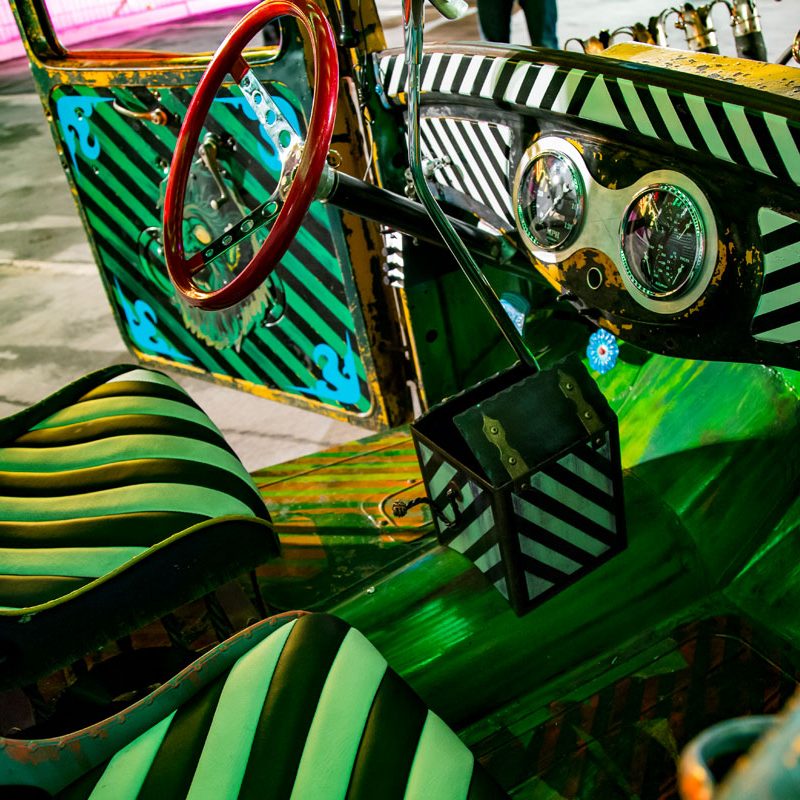
Conclusion
The clown car is an iconic prop that continues to amuse audiences of all ages. It embodies the spirit of fun and silliness that plagues everyday life. With origins rooted in circus history, the car remains a symbol of comedic performance that has adapted to modern entertainment forms.
Understanding the importance of the clown car as a comedic device allows performers to harness its potential effectively. Aspects such as audience engagement, rehearsal, and surprise elements all contribute to a lively and memorable performance.
With proper understanding and planning, a clown car routine can delight and engage audiences. Embrace the joy and magic of the clown car in your performances, and invite laughter and excitement into every event. The enduring power of the clown car serves as a reminder of the enjoyment that comes from simple silliness and joy!
